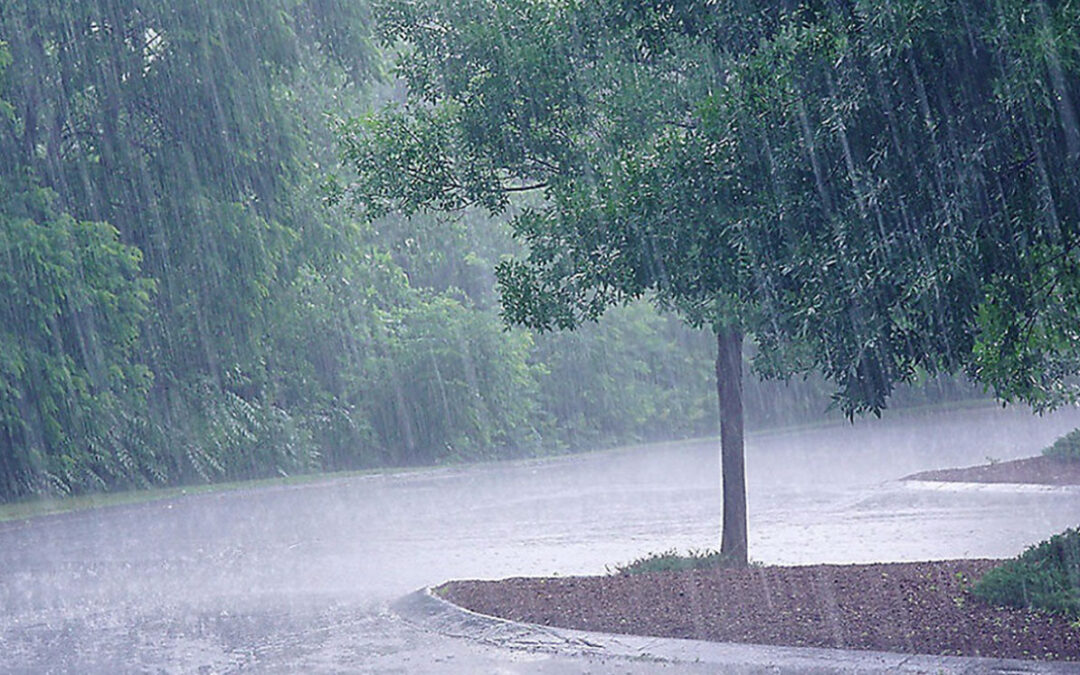June 2023 is now the wettest ever in Denver, with a total of 6.1 inches of rainfall. While trees need a certain amount of water to thrive, excessive rain can have positive and negative effects, depending on the tree species, soil type, and other environmental factors. A recent 9News article titled “Trees Thriving with Frequent Rain Despite a Few Isolated Issues” discusses the amount of rain Denver has received this year and how waterlogged soils cause tree problems.
Waterlogged Soil Caused Tree Problems
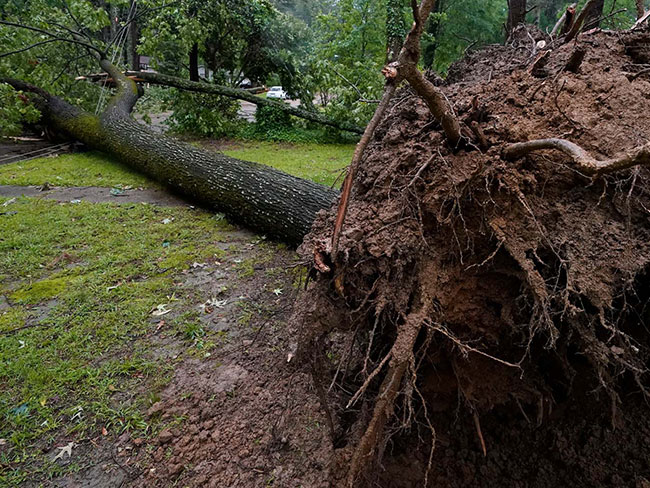
Water-saturated soils cannot support large trees with shallow root systems. Spruces and other trees with their bottom branches pruned off can become top-heavy and less aerodynamic. All it takes is a strong wind gust to topple these trees growing in unstable, soggy soils. Denver is known for its alkaline clay soils, which hold iron in an insoluble form not usable by plants. Trees need oxygenated soils to take up iron. Excessive rain reduces oxygen in the ground, causing iron depletion or Chlorosis. Chlorosis is the yellowing of leaves and is common in Maples.
Drought Root Damage
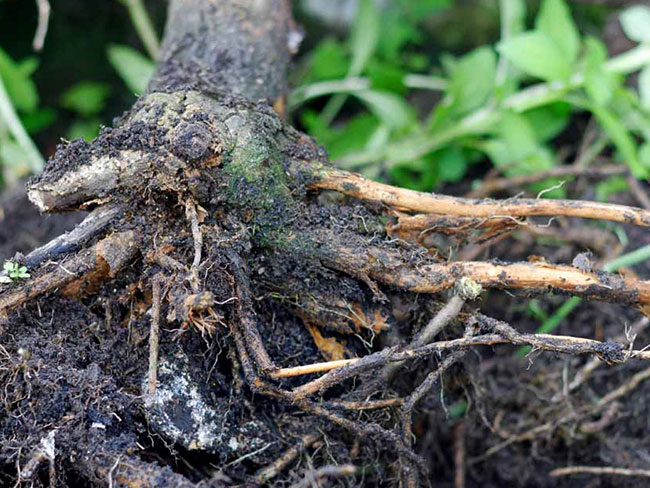
In the previous two years, we have had a severe drought that damaged the root systems of many trees in Denver. Under long dry spells, the fine hair-like roots begin to die back. These roots absorb moisture. Under prolonged droughts, even the large, fibrous roots die. Once root loss has happened, it takes time for the roots to re-grow. Some drought-stressed trees cannot take advantage of all the rainfall and drop their leaves early.
Tree Fungus
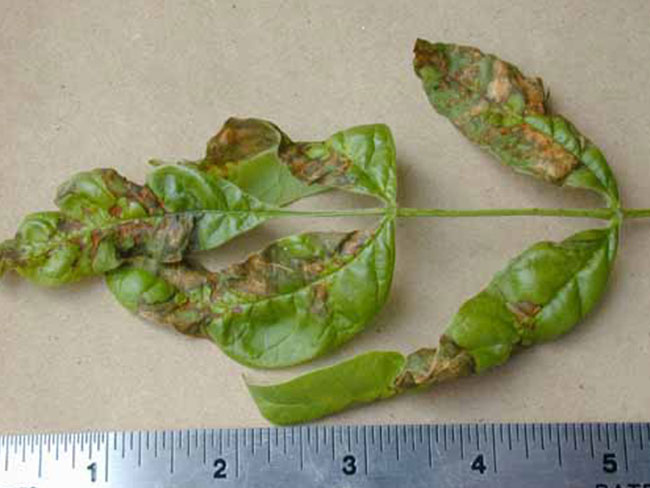
Ross Tree is getting many calls this summer from homeowners noticing their defoliated Ash trees. Our balmy summer weather is perfect for spreading the spores of the Anthracnose fungus to Ash trees. We are also seeing fungi attacking Oaks and Junipers. Check out our “The Year of the Fungus” blog for more information.
Excessive Leaf Growth
Excessive moisture lets trees grow more. Their crowns thicken, reducing sunlight penetration through the dense canopy of a tree – less light means less photosynthesis. Also, their leaves cannot dry out, exposing trees to fungal infections. Regularly prune fast-growing trees to improve air circulation and sunlight penetration through the canopy.
Insect Infestations
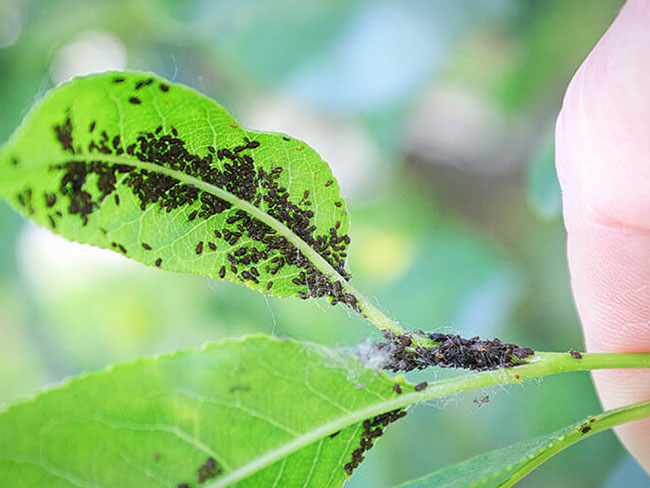
Tree aphids and scales thrive in wet conditions. Their mating cycle speeds up, producing more eggs and insects. Some homeowners find their trees infested with these soft-bodied insects. Severe cases need topical applications. Systemic injections protect the trees for up to twelve months, protecting trees during the next growing season.
Excessive rain and moisture this spring and summer have generated tree insect and disease surprises. Homeowners should monitor their trees closely and take appropriate actions to ensure their health and vitality. Got a tree problem? Click here to fill out a request service form or call 303-871-9121. We are at your service.

